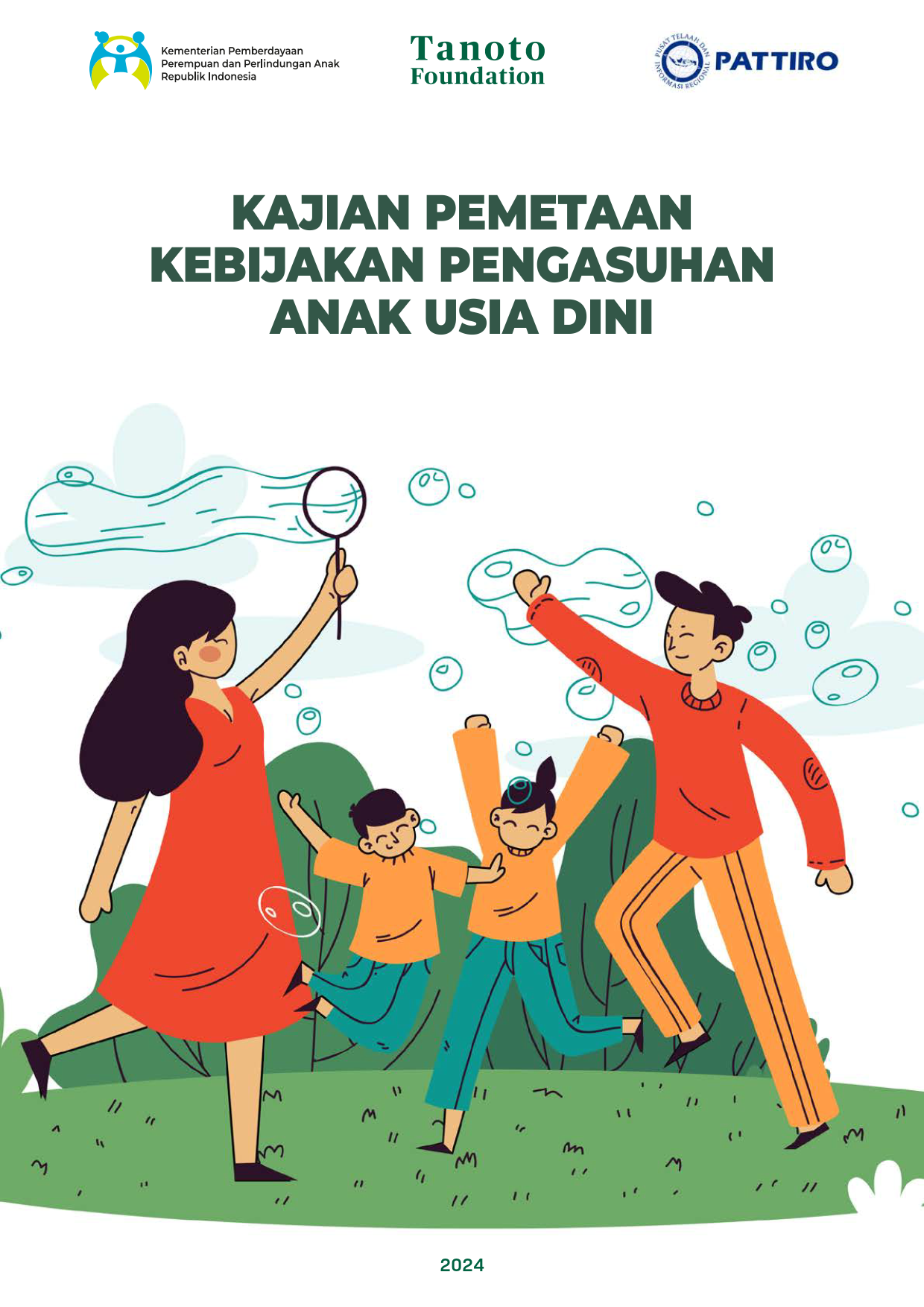 Jember Regency, with a population of 2,419,589 people, is the district with the second highest number of TB cases in East Java. The number of TB cases in Jember reached 3315 cases in 2016 with a case discovery rate from potential/estimated cases of 43.4 percent. Apart from that, the number of new case findings or incident rate in Jember also increased almost 3 times, from 107/100,000 in 2015 to 316/100,000 in 2016. The growth of MDR-TB sufferers has also increased very drastically, since 2013-2017 there has been a growth of 2017%. from 6 cases in 2013 to 127 cases in 2017 (Source: Jember District Health Service 2017). The findings of the number of TB sufferers spread in every sub-district, even from the findings of volunteers recorded in every village/In the sub-district, 13 TB sufferers were found from 248 villages/sub-districts in Jember.
Jember Regency, with a population of 2,419,589 people, is the district with the second highest number of TB cases in East Java. The number of TB cases in Jember reached 3315 cases in 2016 with a case discovery rate from potential/estimated cases of 43.4 percent. Apart from that, the number of new case findings or incident rate in Jember also increased almost 3 times, from 107/100,000 in 2015 to 316/100,000 in 2016. The growth of MDR-TB sufferers has also increased very drastically, since 2013-2017 there has been a growth of 2017%. from 6 cases in 2013 to 127 cases in 2017 (Source: Jember District Health Service 2017). The findings of the number of TB sufferers spread in every sub-district, even from the findings of volunteers recorded in every village/In the sub-district, 13 TB sufferers were found from 248 villages/sub-districts in Jember.
TB disease has a negative impact on the socio-economic life of communities and regions. TB disease will reduce the sufferer's productivity because the body's immunity decreases. This condition will result in an increasing economic burden, both for direct medical costs and family responsibilities.
Health matters are a concurrent matter of mandatory basic services that must be implemented by local governments. Based on Law Number 23 of 2014 concerning Regional Government, regional governments are responsible for human resource matters and community empowerment in the health sector. Apart from that, Minister of Health Regulation (Permenkes) Number 43 of 2016 concerning Minimum Service Standards (SPM) in the health sector states that "Every person with TB receives TB services according to standards and must be served 100%". Therefore,
Jember Regency Government has Regular TB Patients (6 months of treatment) and MDR (24 months of treatment) will lose income of 10-40 million, (Regional Minimum Wage (UMR) x length of treatment).
[__wpdm_package id='13122']




